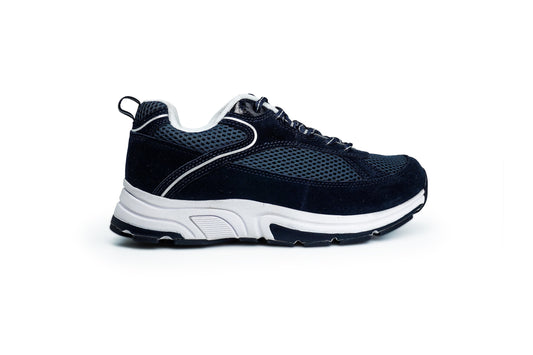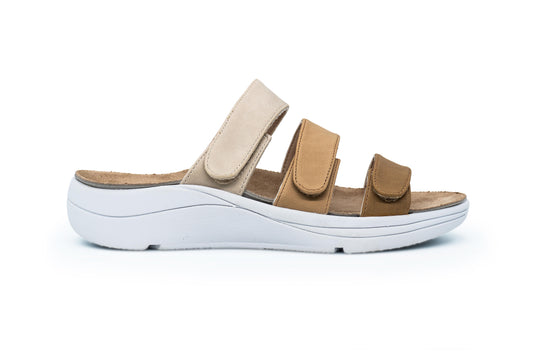Understanding the Difference Between Flat Feet and Overpronation
Flat feet and overpronation are two common foot conditions that can affect the biomechanics of the foot and lead to various musculoskeletal issues. While they often coexist, it's essential to understand their differences.

Flat Feet:
Flat feet, also known as pes planus or fallen arches, occur when the arch of the foot collapses, causing the entire sole to touch the ground. This flattening of the foot arch can be congenital or acquired later in life due to factors such as aging, trauma, or prolonged standing.
Causes:
- Genetics: Flat feet can be inherited from parents.
- Weak arch muscles: Insufficient muscle support can lead to flat feet.
- Injury: Trauma or damage to tendons and ligaments can cause the arch to collapse.
- Medical conditions: Diseases like diabetes and rheumatoid arthritis can contribute to flat feet.
Symptoms:
- Foot pain, especially in the arch or heel.
- Swelling on the inside of the ankle.
- Difficulty standing for long periods.
- Fatigued feet.
Treatment:
- Orthotic inserts: Arch supports can alleviate pain and provide additional support.
- Exercises: Specific exercises can help strengthen foot muscles and improve foot mechanics.
- Footwear: Supportive shoes with strong arch support can help distribute weight evenly.
- Physical therapy: Working with a therapist can address muscle imbalances and improve foot function.
Overpronation:
Overpronation is the excessive inward rolling of the foot during the gait cycle. It occurs when the arch of the foot collapses too far downward and inward, causing the foot and ankle to twist inward. Overpronation can lead to misalignment of the lower body, including the ankles, knees, hips, and lower spine.
Causes:
- Flat feet: Lack of arch support can increase the risk of overpronation.
- Genetics: Some individuals may be genetically predisposed to overpronation.
- Weak muscles: Weakness in specific foot and leg muscles can contribute to overpronation.
- Improper footwear: Wearing shoes without proper support can worsen overpronation.
Symptoms:
- Arch or heel pain.
- Knee discomfort.
- Shin splints.
- Plantar fasciitis.
- Hammertoes or bunions.
Treatment:
- Supportive footwear: Shoes with motion control and arch support can stabilize and reduce overpronation.
- Orthotic inserts: Custom or prefabricated orthotics can improve support and alignment.
- Exercises: Strengthening and stretching exercises can enhance stability and correct muscular imbalances.
- Gait analysis: Professional analysis can identify biomechanical abnormalities and guide treatment.








